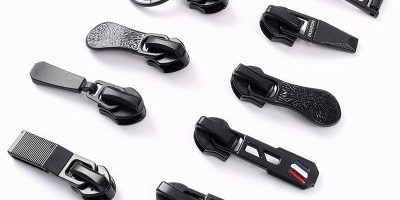Metal zippers, seemingly simple yet ingeniously functional, represent a remarkable feat of engineering that plays an essential role in the fashion and manufacturing industries. Understanding the intricate mechanics behind these unassuming components reveals the brilliance of their design and functionality.
Comprising several pivotal components, the anatomy of a metal zipper includes the slider, teeth, tape, and pull tab. The slider moves along the zipper’s length, engaging and disengaging the interlocking metal teeth to open and close the zipper. These teeth provide both strength and security, ensuring the zipper remains securely fastened. The tape serves as the foundation, typically sewn onto the fabric edges.
Selecting the appropriate type of metal zipper involves considering various factors, such as application and aesthetic preferences. Closed-end zippers are commonly found in clothing items, while open-ended zippers are ideal for jackets and bags. Separating zippers completely detach, making them suitable for longer garments or products.
In industrial contexts, metal zippers provide a reliable solution for secure enclosures, contributing to the safety and functionality of products. Their ability to withstand wear, tear, and extreme conditions renders them indispensable in fields like construction, automotive manufacturing, and military equipment.
Creating content that is both informative and optimized involves incorporating strategic keywords such as “metal zipper construction,” “mechanics of metal zippers,” and “types of metal zippers.” By integrating these terms, you ensure that your article resonates with readers while adhering to Google’s SEO standards.


















